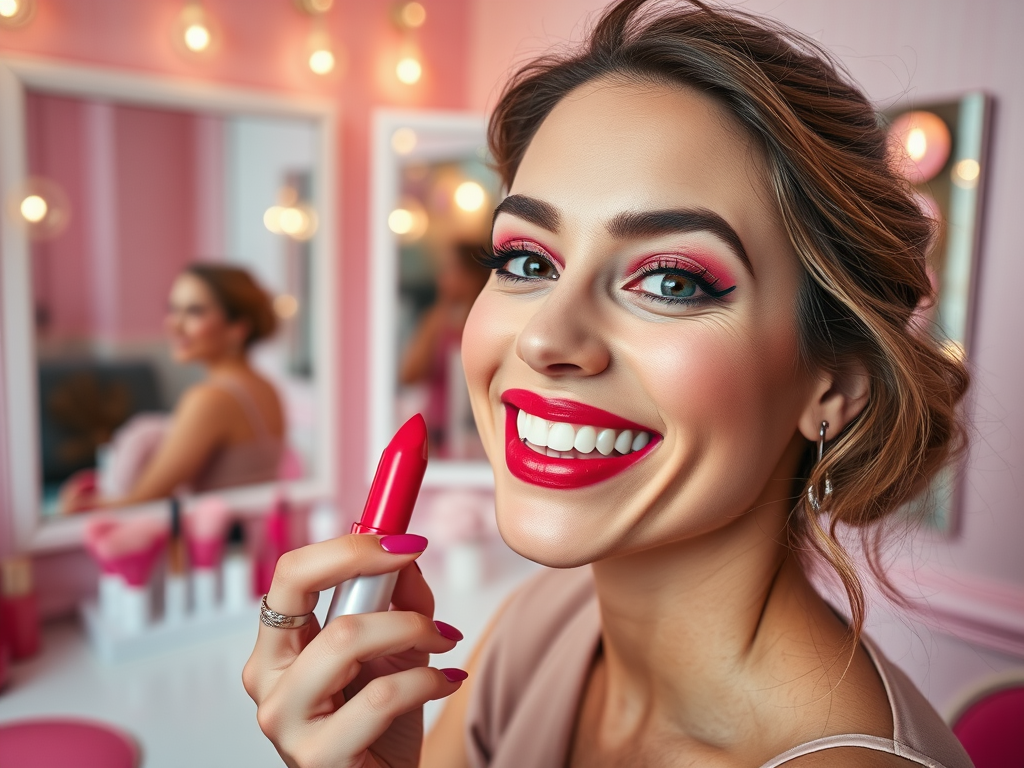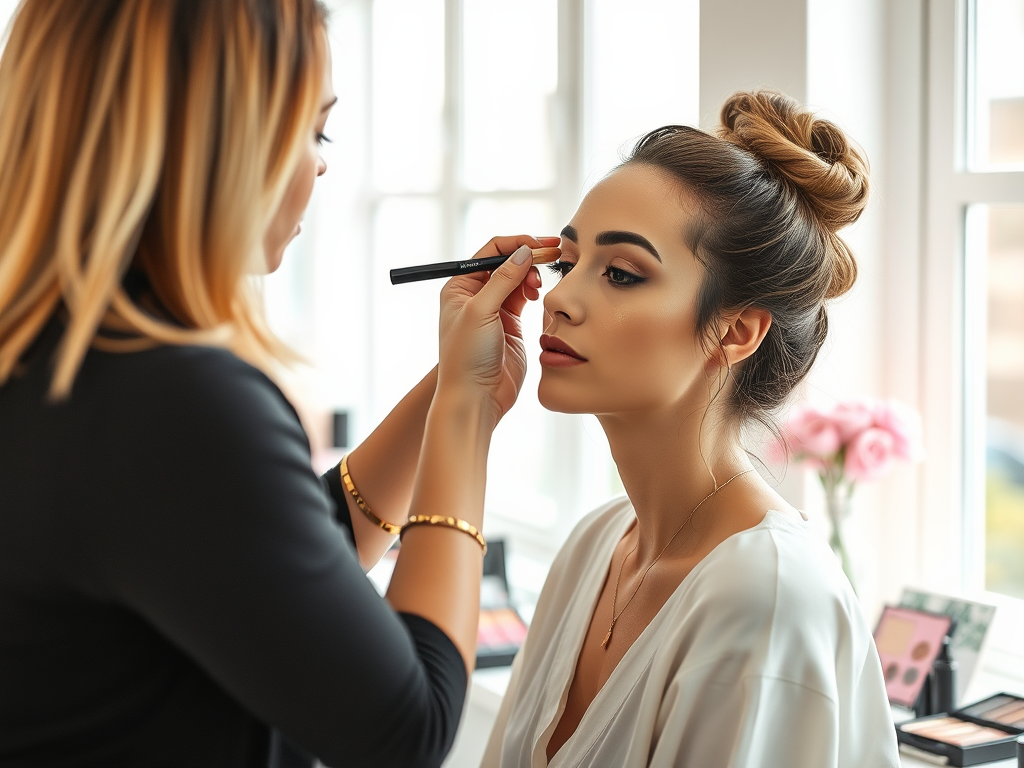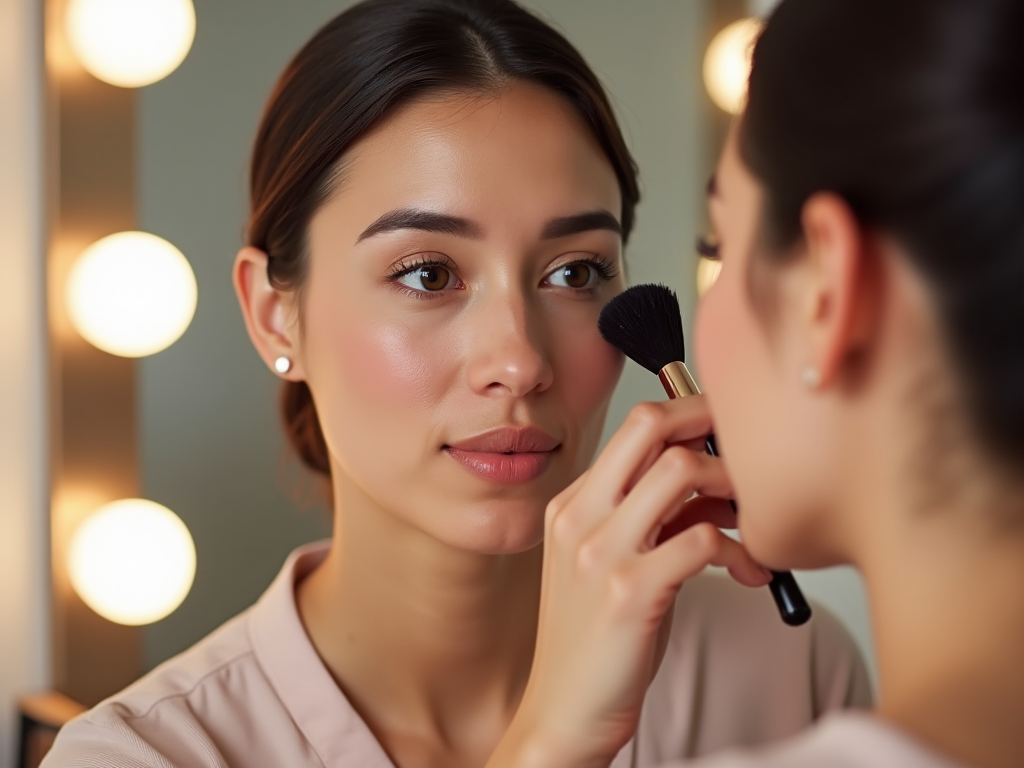Makeup isn’t just about applying a few products and calling it a day; it’s an art form that requires a thoughtful approach. To achieve a flawless and lasting finish, understanding the correct order of application is vital. A well-applied makeup look can enhance your natural beauty while also providing confidence. In this essential guide, you will learn the best practices for makeup application that every cosmetic lover should know. From prepping your skin to adding those final touches, we’ll explore each step in detail. By the end of this guide, you’ll be ready to create stunning looks that turn heads and capture attention.
Your makeup routine begins long before you even touch a brush. Preparing your skin is key for any successful application. This preparation involves more than just slapping on a moisturizer; it requires a systematic skincare routine that ensures a smooth canvas. Think of your face as the base for a beautiful painting—the smoother and more even it is, the better your masterpiece will turn out. Follow these steps to prep your skin effectively:
- Cleansing: Always start with a fresh face.
- Moisturizing: Hydrate your skin based on your specific skin type.
- Sunscreen: Use a broad-spectrum sunscreen to protect against UV damage.
Prep Your Canvas

Applying makeup without prepping your skin is like painting on a rough canvas—it just won’t yield the results you’re hoping for. Besides cleansing and moisturizing, consider incorporating serums or oils that address your specific skin concerns. Each of these steps plays a critical role in not only enhancing the look of your makeup but also improving the overall texture of your skin. After all, the healthier your skin, the more effortlessly your makeup will glide on. Once your skin is prepped and hydrated, the next step is to apply primer.
Primer: The First Step

Primer is an essential product that serves as a barrier between your skin and makeup, ensuring a longer-lasting and more even application. Knowing which primer works best for your skin type can elevate your makeup game significantly. There are various types of primers available, each serving a unique purpose. Consider your skin’s needs—whether it’s hydrating, mattifying, or minimizing pores. Here’s a breakdown of popular primer types:
- Hydrating Primers: Ideal for dry skin types.
- Mattifying Primers: Perfect for oily skin to control shine.
- Pore-Filling Primers: Great for creating a smooth surface.
Foundation Application
Foundation acts as the base for your entire makeup look, evening out skin tone and helping to cover imperfections. Choosing the right foundation, whether liquid, cream, or powder, is critical for achieving a seamless finish. It’s essential to consider your skin type and coverage preference before making a choice. Additionally, how you apply it can impact the overall appearance as much as the formula you choose. Here is a quick table to compare different foundation types:
| Foundation Type | Coverage | Best For |
|---|---|---|
| Liquid | Light to Full | Normal to Dry Skin |
| Cream | Full | Dry to Combination Skin |
| Powder | Light | Oily Skin |
Once you’ve chosen your formula, the method of application is equally important. Use either a foundation brush, makeup sponge, or your fingers to blend the foundation into the skin seamlessly. Remember, blending is essential to avoid any harsh lines. After foundation, it’s time to follow up with concealer, which will add an extra layer of coverage where needed.
Concealer: Targeted Coverage
Concealer should be applied selectively, targeting specific imperfections or areas that need extra coverage. This can include blemishes, dark circles under the eyes, or red areas around the nose. The trick is to use a formula that complements your foundation but offers more coverage. When applying concealer, less is often more. Start with a small amount and build up if necessary; this prevents a cakey appearance. Here are some tips for effective application:
- Spot Concealing: Apply a dot directly onto blemishes.
- Under-Eye Brightening: Use a lighter shade to brighten the under-eye area.
- Set with Powder: Lightly dust with setting powder to keep concealer in place.
Setting Your Base
To ensure that your foundation and concealer last throughout the day, setting products come into play. Setting powders and sprays help lock everything in place and prevent shine. This step can often be overlooked, but it’s essential for anyone looking for longevity in their makeup. While setting powders are great for controlling oil and shine, setting sprays can provide a dewy finish. Here’s how to best use both:
For Setting Powder: Use a fluffy brush to apply a translucent powder uniformly across your face, focusing on areas prone to shine.
For Setting Spray: Hold the spray about 6 inches away from your face and mist lightly for a fine finish. This step is perfect for ensuring your makeup has that fresh and polished look throughout the day.
Adding Dimension: Contour and Highlight
Naturally, we all have contours and highlights in our face; makeup simply enhances them. The goal of contouring and highlighting is to create dimension, making your face appear sculpted. Contouring typically involves using a product two shades darker than your skin tone, while highlighting usually involves a product that’s a couple of shades lighter. Apply your contour in areas like the hollows of your cheeks, along the jawline, and on the sides of your nose. Highlight should hit the high points, including the tops of your cheekbones and the bridge of your nose.
Eyes: Shadow, Eyeliner, and Mascara
With your base set and your face beautifully contoured, it’s time to focus on the eyes. This step can truly elevate your makeup game, adding depth and allure to your look. Start with eyeshadow, layering various shades to create dimension. Then define your eyes with eyeliner, whether you prefer a natural look or more drama. Finally, finish with mascara to lengthen and volumize your lashes. A well-executed eye look can tie your entire makeup application together beautifully. Below is a quick recap of the eye makeup process:
- Apply eyeshadow from light to dark.
- Line your eyes with your prefered eyeliner.
- Add mascara to both top and lower lashes.
Blush and Lip Color
To add life and vitality to your face, don’t forget to apply blush and lip color. Both of these elements can significantly enhance your overall makeup look, giving it a polished finish. Choosing the right shades is important; you want colors that complement your skin tone and the outfit you’re wearing. For blush, apply it to the apples of your cheeks for a naturally flushed look. When it comes to lips, select a color that enhances your overall aesthetic, whether it be bold or subtle.
Conclusion
Mastering the order of makeup application is not just a tip; it’s an essential skill for anyone who wants to look their best. By carefully understanding each step—from prepping your skin to adding those final touches—you can create a flawless and lasting makeup look. Remember, practice makes perfect. With these guidelines, you’ll be able to experiment and adapt techniques to suit your personal style. Ultimately, finding what works best for you will lead to a greater sense of confidence and creativity in your makeup application. So grab your brushes and let the transformation begin!
Frequently Asked Questions
- What is the best order to apply makeup? – Start with skincare (cleanser, moisturizer, sunscreen), followed by primer, foundation, concealer, setting products, bronzer, blush, highlight, eyeshadow, eyeliner, mascara, and finally, lip color.
- Do I need to use primer? – While primer isn’t necessary for everyone, it can help your makeup last longer and improve application.
- Can I skip foundation? – Yes, you can skip foundation if you prefer a lighter look or if your skin is generally clear. Often, concealer alone can effectively cover blemishes.
- How do I make my makeup last all day? – Use a primer, set your foundation with powder, and finish with a setting spray for the best results.
- Is it necessary to use setting spray? – While not mandatory, setting sprays can help increase makeup longevity and provide a more natural finish.



